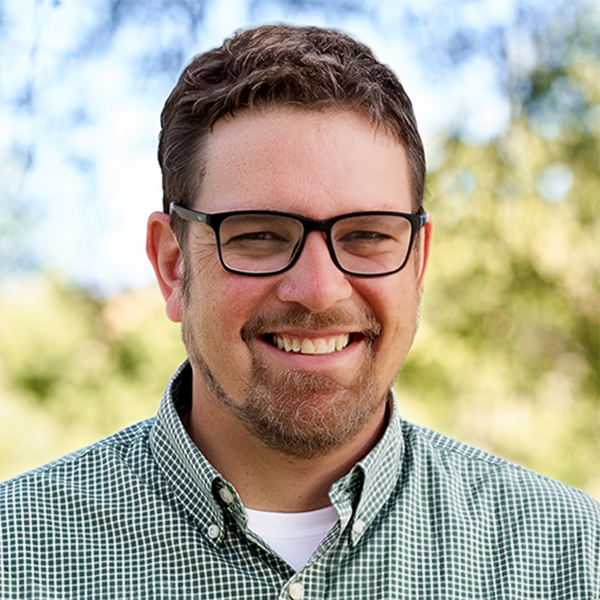Renewable Energy
Transforming our environment and communities, with integrity and vibe
Anchor QEA provides comprehensive A&E services to support federal missions.
Our multidisciplinary teams support wide-ranging projects that boost the economy; bolster military mission readiness; protect, restore, and create resilient ecosystems; enhance infrastructure; support our military both domestically and OCONUS; and strengthen the United States and its territories. We bring the following benefits to federal projects:
- Decades of scientific, planning, engineering, and construction experience in a variety of disciplines
- Partnerships with the U.S. Department of Defense to implement nature-based design solutions
- Significant environmental expertise, including with emerging contaminants
- Strong technical skills supporting surveys, investigations, planning, design, and construction
- Technology and innovation to address climate change impacts
Remediating and Restoring Our Communities
Anchor QEA is nationally recognized for delivering innovative, science-based solutions in environmental engineering and site remediation. With decades of proven performance negotiating cleanup and long-term management strategies with federal, state, and local agencies, we ensure alignment with regulatory requirements and agency missions. Our team supports every phase of projects under the Comprehensive Environmental Response, Compensation, and Liability Act (CERCLA) and applicable state programs from investigation and risk assessment through remedial design, implementation, and long-term stewardship. We specialize in emerging contaminant challenges, including PFAS risk assessment, fate and transport modeling, and remediation strategy development, delivering protective, cost-effective, and redevelopment supportive outcomes that meet or exceed federal performance standards.
Services Highlights
- Contaminated sediment
- Fate and transport
- Geochemistry laboratory services
- Groundwater
- Nonaqueous phase liquid (NAPL)
- PFAS and emerging contaminants
- Environmental forensics
- Risk assessment
- Site investigation
- Water quality
- Biological resource studies
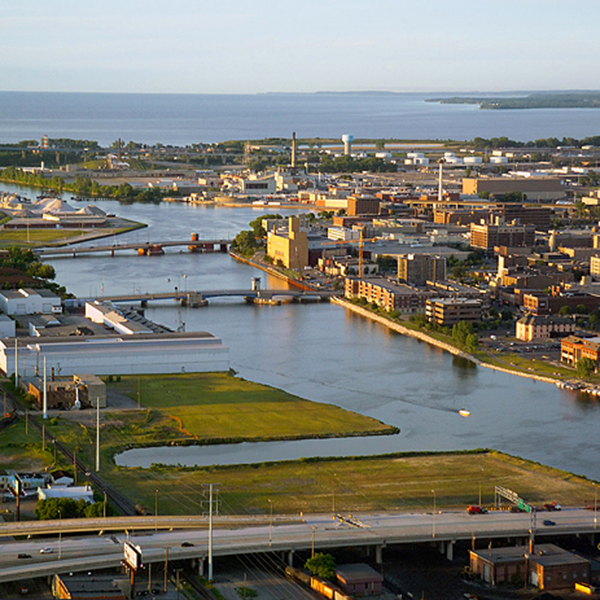
Lower Fox River Remediation
Wisconsin
The Lower Fox River is the largest contaminated sediment cleanup site in the United States, with more than 7-million cubic yards of polychlorinated biphenyl (PCB)-contaminated sediments.
Anchor QEA designed the remedial action for one of the operable units to address elevated PCB concentrations that warranted expedited removal. This evaluation was used to optimize the design and refine the remedial action plan, resulting in an effective remedy that saved millions of dollars while maintaining or improving its environmental benefit.
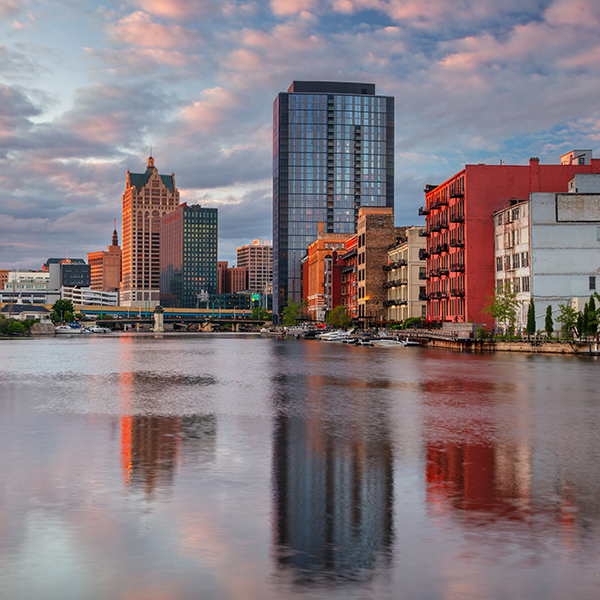
PFAS Sampling and Analysis at Milwaukee Area of Concern
Wisconsin
Anchor QEA completed a sediment investigation to indicate the nature and extent of PFAS in sediments and surface water. The CERCLA compliant investigation included specialized sample collection techniques to preserve sample integrity and data quality.
Results of this investigation were used to optimize the remedial design and identify potential treatment options and placement alternatives. The methods that Anchor QEA recommended and used to collaboratively develop guidance values are being broadly applied to other sites in the region.
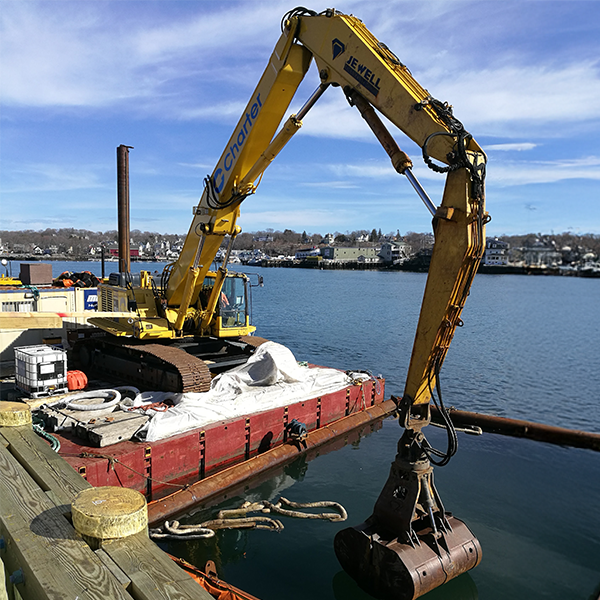
Gloucester Harbor Remediation and Manufactured Gas Plant Site
Massachusetts
This former manufactured gas plant site is situated in an industrial harbor that services one of the largest commercial fishing fleets in the United States. Over the past 9 years, Anchor QEA has completed site assessment, design, permitting, procurement support, and construction oversight of a sediment remedy and is currently involved with long-term post-construction monitoring.
The site’s proximity to the U.S. Coast Guard Station Gloucester, the Harbormaster office, and historical nearshore structures limited remedial options and required complex remedial design to maintain structural stability.
Creating Safe Passage
Anchor QEA delivers full life cycle support, including investigation, design, and construction support for deep-draft and shallow-draft navigation projects, including routine maintenance dredging. Our expertise spans sediment characterization, biological assessments and monitoring, dredged material management planning, hydrodynamic and sediment transport modeling, and design of beneficial use (BU) sites that advance wetland restoration and shoreline resilience objectives.
We partner with U.S. Army Corps of Engineers (USACE) Districts, the U.S. Navy, the U.S. Environmental Protection Agency (EPA), and port authorities, as well as state and local agencies, to address mission-critical challenges, including water quality compliance, BU site permitting, schedule-sensitive dredging windows, and adaptive management strategies. Our solutions are engineered to meet federal performance standards while balancing operation efficiency, environmental stewardship, and navigation safety.
Services Highlights
- Sediment dredging and capping
- Marine outfalls
- New utility and waterfront structure installation
- Facility demolition
- Site selection, layout, and conceptual design
- Cost estimating
- Bid plans and specifications preparation
- Feasibility analysis
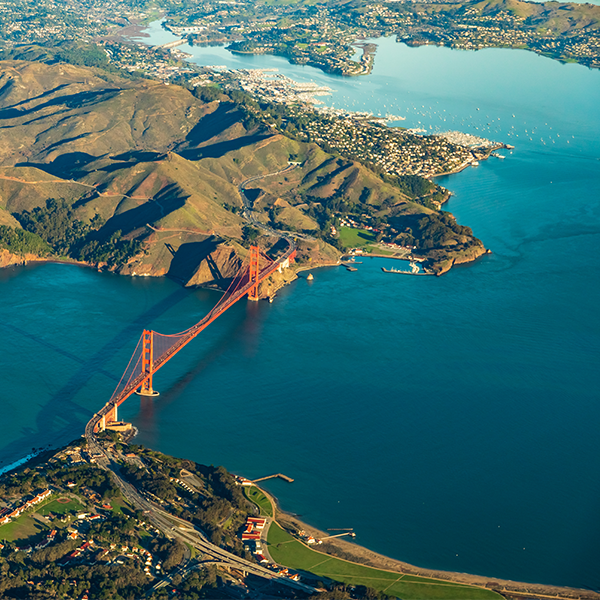
San Francisco Bay to Stockton Navigation Improvements
California
Anchor QEA prepared a draft environmental impact statement (EIS)/environmental impact report and integrated feasibility study to evaluate navigation channel improvements, levee strengthening, and habitat creation through dredged material placement. Services included plan formulation; hydrodynamic and salinity modeling; wetland restoration design; and coordination with technical working groups for endangered species, habitat restoration, and water quality.
Working with the San Francisco, Sacramento, and Jacksonville USACE Districts, we demonstrated national economic benefits from the ecosystem’s restoration. Proactive USACE Headquarters engagement was critical to project advancement.
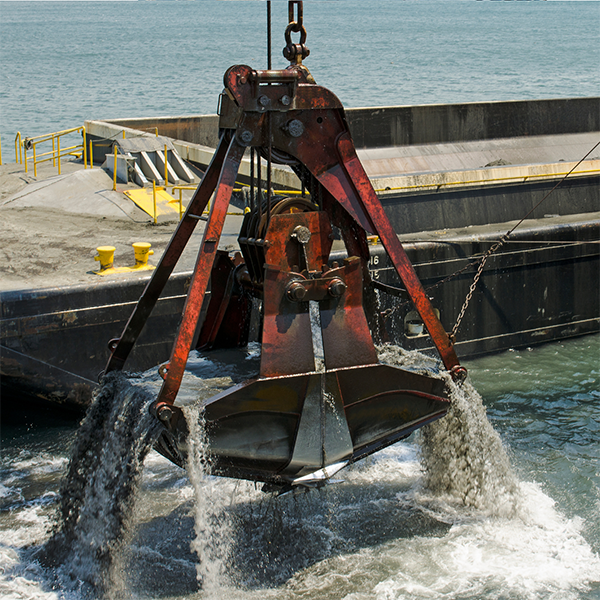
Dredging Operations Environmental Research Strategic Dredge Technology Innovation
Nationwide
Anchor QEA is working with the USACE Engineer Research and Development Center (ERDC) through the Dredging Operations Environmental Research program to assist USACE with advancing BU of dredged material in support of the Chief of Engineers’ initiative to increase BU of dredged material to 70% by the year 2030.
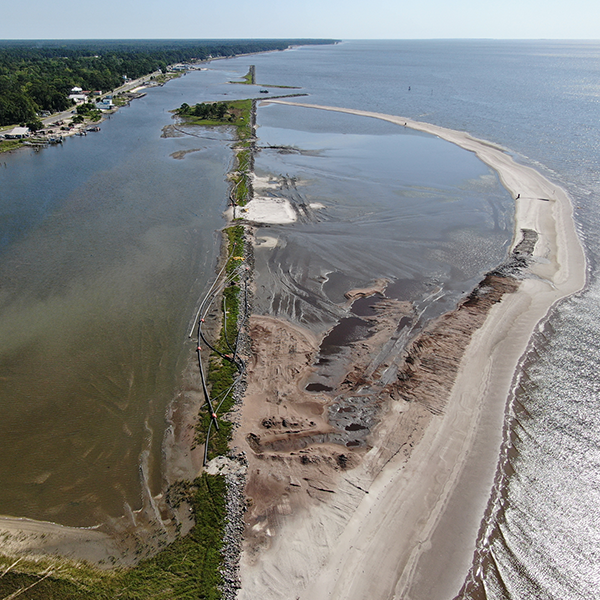
East Point Federal Navigation Channel Beneficial Use
Florida
The USACE aimed to evaluate BU alternatives for the Eastpoint Federal Navigation Channel using Engineering With Nature. Anchor QEA developed and assessed alternatives; performed geotechnical investigations, coastal engineering, and ecological surveys; and provided design, plans, and specifications for a BU cell and dredging.
The sandy BU berm design supports sediment stability and habitat creation, yielding a rookery, marsh, beachhead, and recreational beach that exceeded project goals, earning a Gulf Guardian Award nomination.
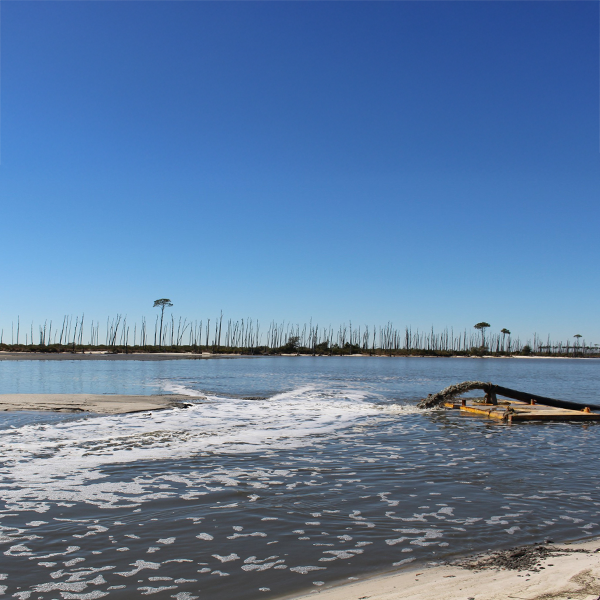
Deer Island Ecosystem Restoration
Mississippi
Anchor QEA expanded the BU site at Deer Island, Mississippi, integrating navigation dredging with marsh creation and shoreline stabilization. Working with the Mississippi State Port Authority and Mississippi Department of Marine Resources, we designed containment structures and placement strategies to reuse dredged material from navigation channels.
Services included sediment characterization, shoreline material selection, slope assessments, permitting, and adaptive construction techniques. This approach improved coastal resilience, restored critical habitat, and optimized dredged material management, demonstrating how navigation maintenance supports both operational needs and environmental objectives.
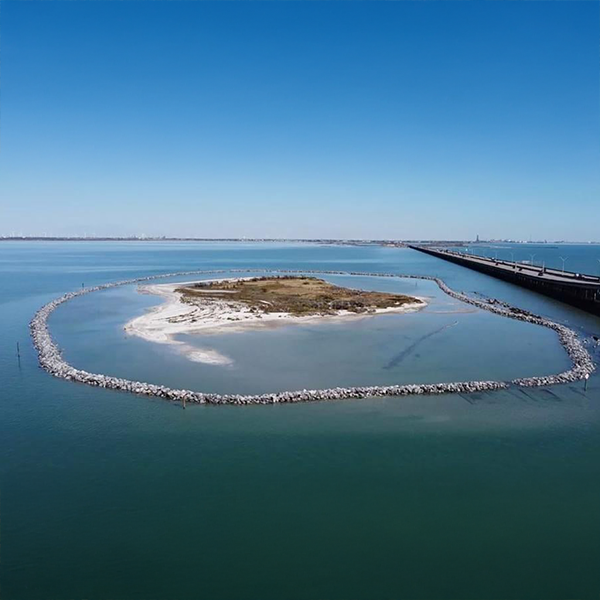
Texas Beneficial Use Master Plan
Texas
Anchor QEA led the RESTORE Act-funded Beneficial Use Master Plan, aligning navigation maintenance with long-term sediment management. Working with state and federal partners, we identified and prioritized BU sites to enhance ecosystem function and economic value.
We refined a list of nearly 400 candidate projects to a final priorities list of 21 sites using a GIS-based decision support system, stakeholder input, and concept-level designs, streamlining future navigation dredging projects while maximizing BU opportunities and cost efficiency.
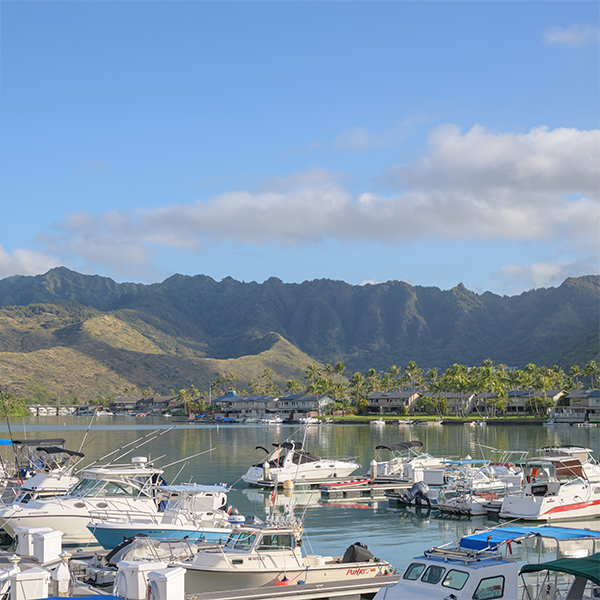
Hawaii Kai and Marina Entrance Channel Maintenance Dredging
Hawaii
Anchor QEA is leading maintenance dredging for the Hawaii Kai Marina and its entrance channel to Maunalua Bay, ensuring safe navigation and operational efficiency. The project includes sediment characterization, dredge quantity assessment, and regulatory coordination with USACE, EPA, and Hawaii state agencies.
Sediment management maximizes BU, placing suitable entrance channel material for adjacent beach nourishment, with remaining material managed through upland or offshore disposal. Services include engineering design, permitting, and bid support, delivering a cost-effective, environmentally compliant solution that enhances navigation while supporting coastal resilience.
Shielding the Coastline
Anchor QEA delivers innovative, science-based solutions for coastal storm risk management, shore protection, and integrated nature-based solutions. We apply state-of-the-art coastal and hydrodynamic modeling, advanced design technologies, and proven engineering methods to protect critical infrastructure, restore shorelines, and enhance resilience. Our team works with federal, state, and local partners to identify, prioritize, and implement strategies that align with natural processes, reduce flood and storm impacts, and provide sustainable, long‑term protection for communities, ports, and mission-critical facilities.
Learn more about Anchor QEA's Engineering With Nature efforts.
Services Highlights
- Sea level rise and coastal resiliency analysis and design
- 2D and 3D hydrodynamic circulation modeling
- Wind-wave hindcasting and wave transformation
- Coastal vulnerability and hazard analysis
- Marine structural engineering
- Storm risk reduction modeling
- Regional sediment management
- Coastal habitat restoration and beach nourishment
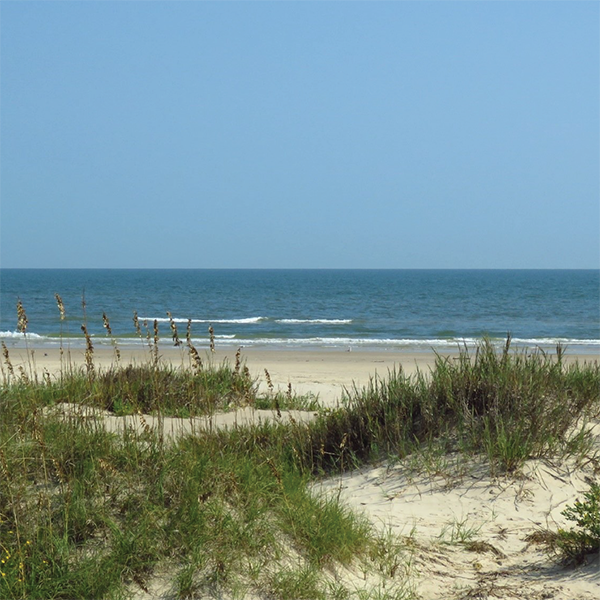
NNBF Guidelines
Nationwide
Anchor QEA worked with the ERDC and USACE Headquarters to develop a national and international framework for design and construction of NNBF. The framework is a comprehensive reference guide to make it easier for communities vulnerable to flooding, sea level rise, and storm surges to incorporate nature-based approaches into their resiliency strategies.
Anchor QEA supported the ERDC with development of NNBF techniques for coastal storm reduction and flood risk management, validation of the NNBF framework, and performance review using case studies.
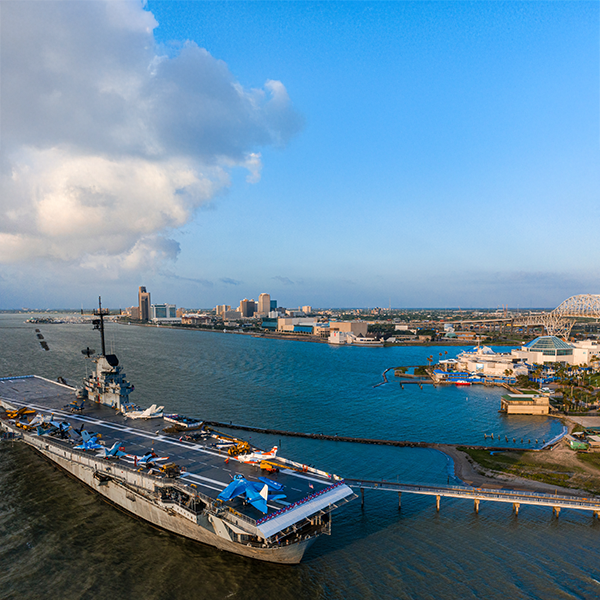
Naval Air Station Corpus Christi Living Shoreline
Texas
Anchor QEA is supporting the U.S. Navy at Naval Air Station Corpus Christi on a living shoreline project to enhance coastal storm protection and long-term resiliency for mission-critical air operations. The design integrates nature-based solutions with hybrid coastal protection measures to restore and stabilize 2 miles of shoreline.
Our team is providing coastal and geotechnical engineering, NNBF design, permitting, and compliance, ensuring the project delivers sustainable, climate-resilient shoreline protection while maintaining operational readiness in the face of future storm impacts.
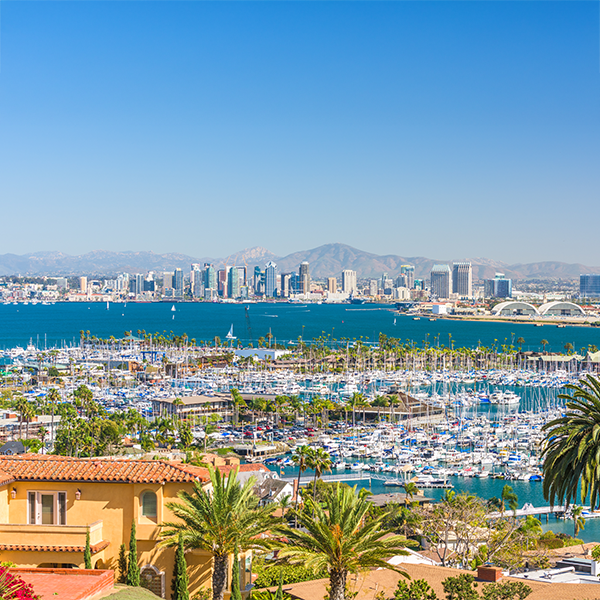
Nature-Based Solutions Pilot Studies
California
Anchor QEA is supporting NAVFAC Southwest on a series of Nature-Based Solutions pilot studies across diverse climate zones in Southern California. These projects evaluate climate impacts and develop sustainable, adaptive strategies to protect critical shoreline and water infrastructure.
Our work integrates engineering design with ecosystem-based approaches to reduce storm and flood risks, enhance coastal resilience, and address water security challenges. The pilot studies will inform scalable, long-term solutions that align with federal priorities for resilient coastal storm risk management.
Improving Infrastructure and Strengthening the Economy
Anchor QEA offers full-service engineering and structural engineering support from conceptual design development through construction management. Our designs focus on constructability, lifecycle performance, and regulatory compliance, with cost estimates built from the ground up to ensure accuracy and transparency. This approach allows our federal clients to plan, budget, and execute projects with confidence, delivering predictable outcomes that meet performance, schedule, and budget requirements.
Services Highlights
- Hydraulic analysis and modeling
- Facilities reduction and decontamination
- Marine structural design
- Marine outfalls
- Marine geotechnical design
- Stormwater facilities design
- Habitat restoration design
- Siting and feasibility studies
- Cost estimating
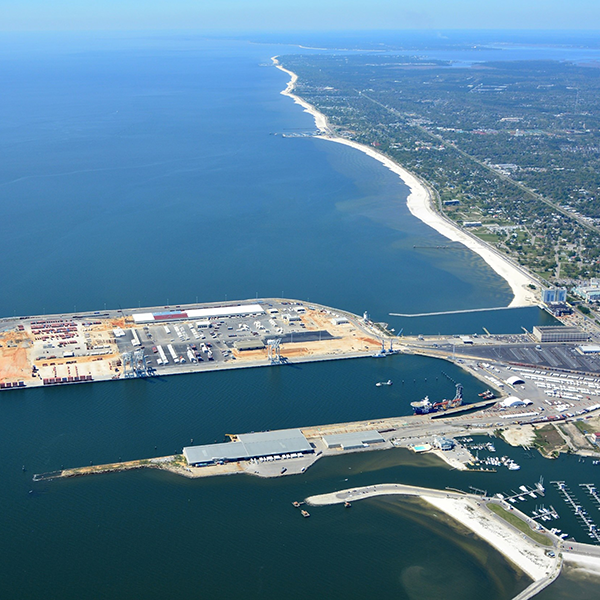
Port of Gulfport Redevelopment
Mississippi
Anchor QEA designed and permitted the Gulf of America’s first regional sediment management and ecosystem restoration site creating an 815 acre wetland restoration area with state and federal partners. For the Port of Gulfport’s post-Hurricane Katrina redevelopment, we developed shoreline protection designs using ADCIRC and CMS-Wave models to predict surge, flooding, and waves.
Our team calculated shoaling rates to forecast 30-year dredging volumes, completed dredged material testing on 7 million cubic yards, and delivered a comprehensive dredged material management program to support long-term operational resilience.
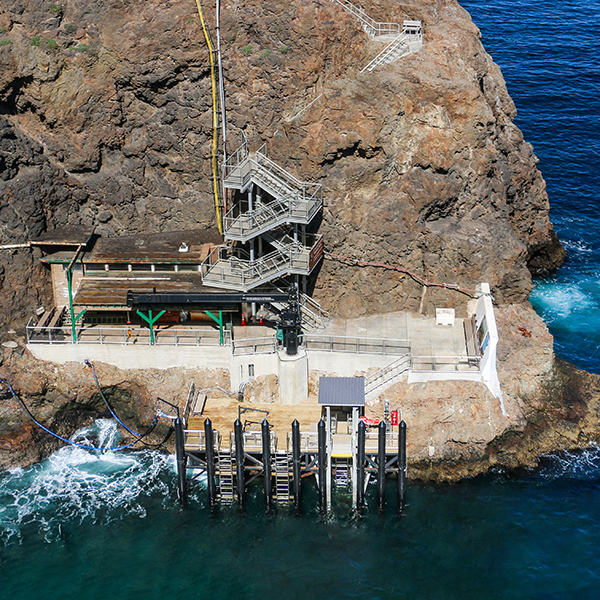
Anacapa Island Wharf Replacement
California
Anchor QEA assisted the National Park Service in replacing an 80-year-old structurally deficient timber wharf, located within Channel Islands National Park, and the Channel Islands National Marine Sanctuary and Biosphere Region.
Built upon a volcanic stone bluff, the replacement wharf’s design features an innovative cantilevered system with a partially enclosed lift for safety. The design accommodates future sea level rise with a flexible piling system. The replacement improves visitor and staff access; enhances the visitor experience; and preserves important natural, cultural, and landscape characteristics.
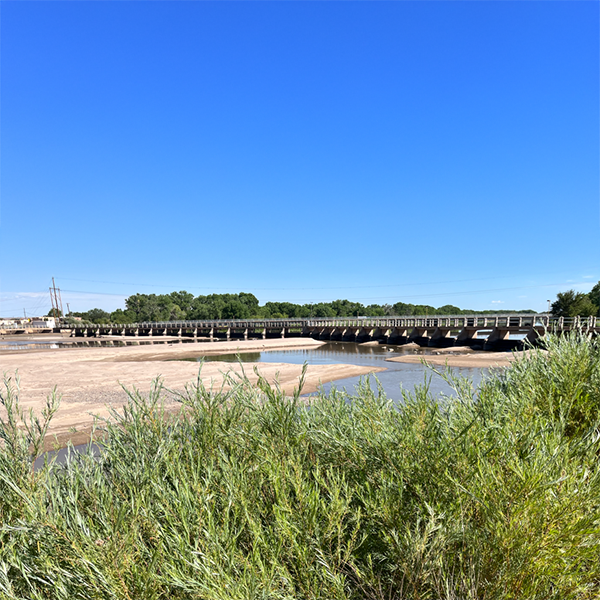
Middle Rio Grande Fish Passage and Diversion Dams
New Mexico
Anchor QEA is providing engineering and design support to the U.S. Bureau of Reclamation to improve fish passage and address sediment deposition at the Isleta Diversion Dam and San Acacia Diversion Dam in New Mexico’s Middle Rio Grande Valley. These irrigation structures face operational and ecological challenges due to sediment buildup and habitat degradation.
Using FLOW-3D computational fluid dynamics modeling, our team is optimizing fish passage designs, performing hydraulic and flow analyses, and supporting planning and permitting to enable fishway construction by 2026 while ensuring structural and operational resilience.
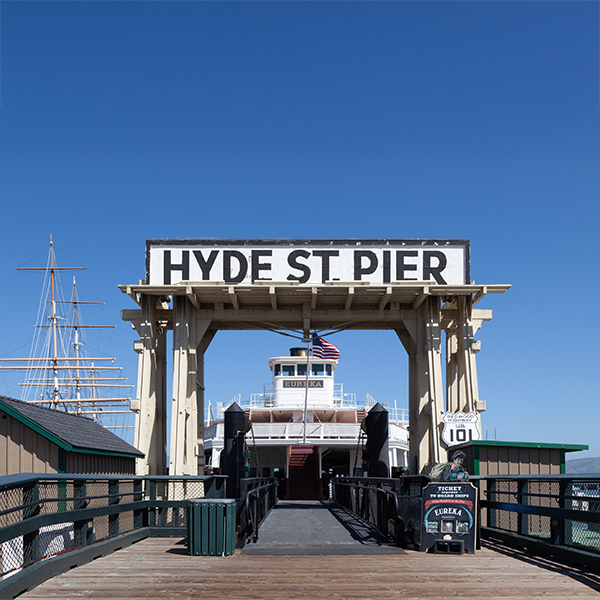
Hyde Street Pier Dock and Mooring System Replacements
California
Anchor QEA is supporting the National Park Service at Hyde Street Pier, home to several National Historic Landmark vessels. Our scope includes Title II design services for full pier replacement, new floating dock design for the Alma, mooring system design for the Eppleton Hall, and access system design for the Hercules.
We prepared plans, specifications, and cost estimates; managed permitting and compliance; and provided Title III construction support. The project integrates coastal, structural, and geotechnical engineering with value analysis to deliver long-term waterfront infrastructure improvements.
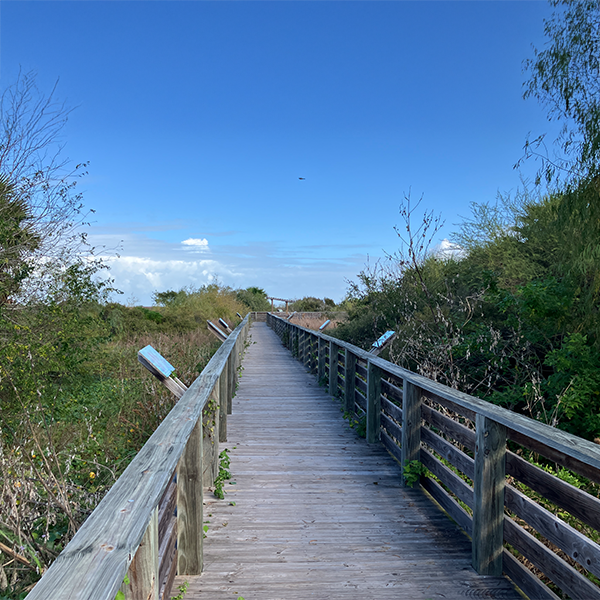
Packery Channel Nature Park
Texas
Anchor QEA assisted the National Park Service in replacing an 80-year-old structurally deficient timber wharf, located within Channel Islands National Park, and the Channel Islands National Marine Sanctuary and Biosphere Region. Anchor QEA led design and planning for improvements at Packery Channel Nature Park, integrating public access infrastructure with habitat protection. Key elements included extending an ADA-accessible boardwalk by 3,750 feet, designing eco-educational signage, and enhancing site circulation to minimize environmental impact.
Our team developed drip irrigation plans, coordinated with specialists for habitat establishment, and improved 0.5 acre of wetlands using native plantings. The project demonstrates structural engineering in a sensitive coastal setting, balancing constructability, accessibility, and ecological goals within grant funding constraints.
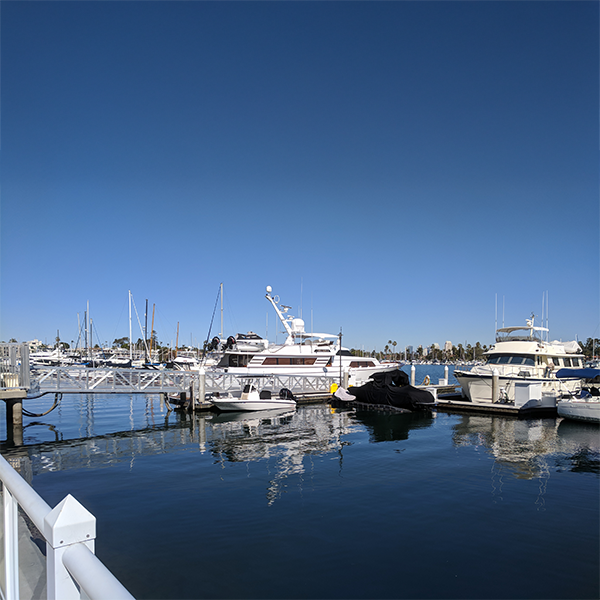
Glorietta Bay Marina Rebuild and Launch
California
Anchor QEA provided master planning, marine engineering, and construction support for the phased redevelopment of Glorietta Bay Marina and public boat launch.
For Dock C and the launch facilities, we designed a pile-supported ADA-compliant gangway platform, NFPA fire water system, NEC-compliant electrical system, and low-freeboard dock with composite decking. The 34-slip timber dock was replaced with a modern concrete system following materials analysis. Our team ensured compliance with Division of Boating and Waterways design requirements, delivered accurate cost estimates, and met the City of San Diego and Port’s schedule to enhance waterfront recreation.
Overseeing Implementation of Complex Projects
Anchor QEA provides construction assistance and management services for projects nationwide, including sediment dredging, shoreline restoration, waterfront development, and environmental remediation. We support construction at every stage, from pre-bid planning through completion, either as part of our integrated design services or as an independent third-party construction manager. Our team coordinates closely with planners, engineers, and scientists to ensure regulatory compliance, meet permit conditions, manage risk, and keep projects on schedule and within budget, delivering quality outcomes for federal, state, and local clients.
Services Highlights
- Value engineering
- Request for Proposal (RFP) preparation
- Preparation, bid support and review
- Resident inspection
- (RFI)/RFP review
- Cost estimating and cost review
- Claims prevention and management
- Third-party review and inspection
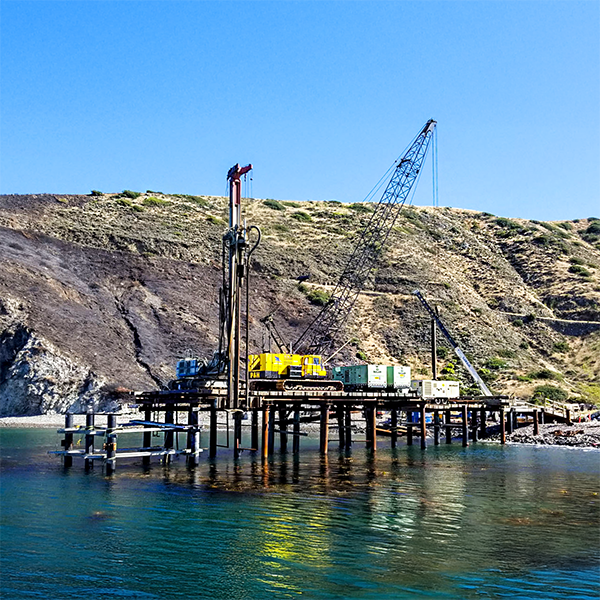
Scorpion Anchorage Pier Replacement
California
Anchor QEA provided construction management for the National Park Service’s Scorpion Anchorage Pier, a 300-foot steel superstructure serving 300,000 annual visitors to Santa Cruz Island. The project included a timber deck, gangway, and height-adjustable platform for sea level rise resilience.
Our team led on-site inspection, measurement, and continuous construction administration, ensuring compliance with design and permit conditions. We also collaborated with Chumash Tribal members to identify and protect cultural resources, delivering a durable, sustainable facility that supports long-term ferry service operations.
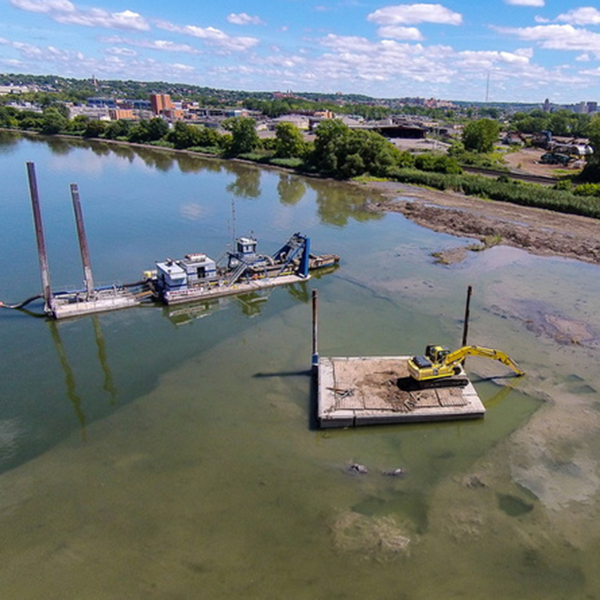
Onondaga Lake Construction Quality Assurance
New York
For this lake impacted by decades of industrial use, Anchor QEA provided pre-design investigation services and development of the dredge and cap design.
During construction, Anchor QEA provided quality assurance, including surface water quality monitoring and verification that dredge and cap construction was completed in accordance with the design.
Currently, Anchor QEA is part of a team providing a long-term monitoring plan and subsequent monitoring of the installed cap.
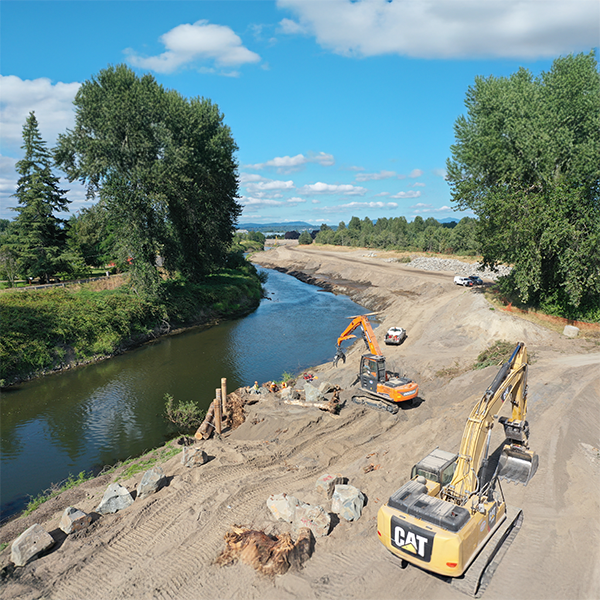
Lower Russell Levee Setback
Washington
Anchor QEA provided construction management and inspection for a 1.4-mile levee setback project along the Green River, meeting USACE standards. Phase 1 included a 2,400-foot cast-in-place flood wall; Phase 2 added a setback levee, estuary, and new City of Kent park. Our team coordinated archaeological investigations with Tribes to avoid delays; managed utility installation, contaminated soils remediation, and engineered log jam construction; and oversaw submittals, RFIs, and pay applications.
We documented progress with drone mapping, photos, and videos; kept stakeholders informed; and ensured full permit compliance. Anchor QEA collected and evaluated hydrodynamics of the area to create a resilient shoreline that includes aquatic vegetation and wetland habitat. Upland improvements to pedestrian sidewalks and parking areas created a seamless connection between the water-based Blueway Trail System and the landside Greenway Trail System.
Creating a Strategic Vision for the Future
Anchor QEA provides full-spectrum planning, natural resources, and environmental permitting and compliance services, including preparation of permit applications, mitigation plans, and environmental review documents. We support compliance with NEPA, Section 106 of the National Historic Preservation Act, Coastal Zone Management Act (CZMA), Endangered Species Act (ESA) and Essential Fish Habitat (EFH) requirements. Our planners develop effective strategies and navigate complex regulatory processes to secure environmental approvals at federal, state, and local levels, ensuring projects advance efficiently while meeting all applicable environmental standards.
Services Highlights
- NEPA and SEPA EUIS reviews
- Resource agency permitting
- Long-term monitoring and adaptive management plans
- Storm hazard analysis and climate adaptation plans
- Clean Water Act, ESA, and EFH consultation
- CZMA review
- USACE Section 408 review
- Section 106 review
- Public and stakeholder engagement
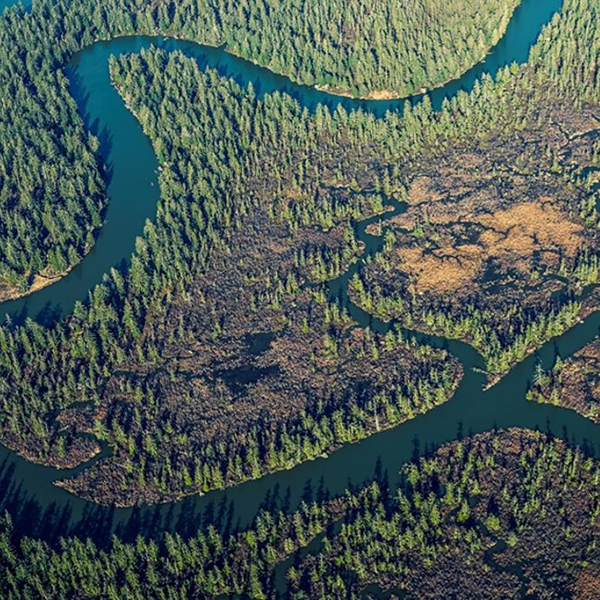
Chehalis River Basin Strategy
Washington
Anchor QEA is leading NEPA compliance for a multidisciplinary project aimed at aquatic habitat restoration and flood risk reduction in the Chehalis River Basin. The Anchor QEA team developed a programmatic EIS, as well as subsequent project-level draft EISs, including SEPA/NEPA, evaluating options for a 65,000-acre-foot reservoir, dam modifications on the Skookumchuck River, and levee improvements.
Environmental studies encompassed water quality, fish and wildlife, cultural resources, and more, providing comprehensive support for regulatory compliance and project advancement.
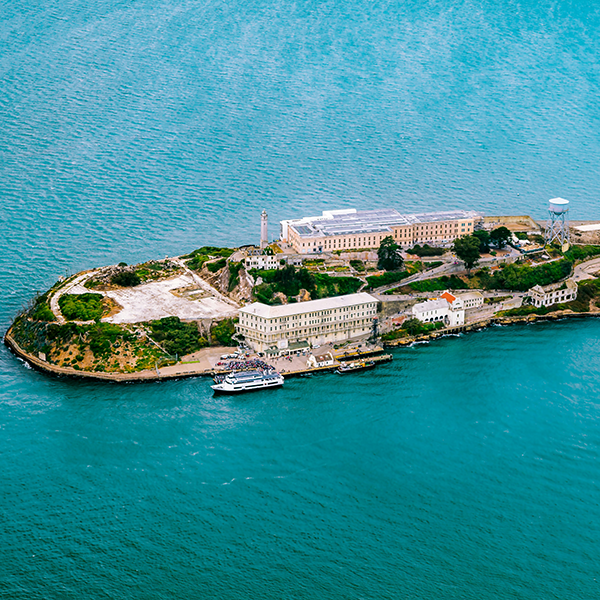
Alcatraz Ferry Embarkation Environmental Impact Statement
California
Anchor QEA led planning and design for a new ferry embarkation site connecting San Francisco’s waterfront to Alcatraz Island. Working with the National Park Service and Golden Gate National Recreation Area, we developed architectural, landscape, and marine structural designs for six potential sites.
Our team prepared NEPA and CEQA documents; conducted ESA, Marine Mammal Protection Act, and Magnuson-Stevens consultations; and secured CZMA consistency through the Bay Conservation and Development Commission. The project earned the American Planning Association’s 2018 Outstanding Collaborative Planning Project Award in the Federal Planning Division.

Mid-Chesapeake Bay Island Ecosystem Restoration
Maine
Anchor QEA conducted environmental surveys to support NEPA compliance for the Mid-Chesapeake Bay Island Restoration project, which will restore more than 2,000 acres of habitat using dredged material and protect 1,300 acres of submerged aquatic vegetation near Barren Island.
Our work included data collection for the Barren Island supplemental environmental assessment and the James Island supplemental EIS. Fisheries assessments, water quality analysis, and habitat delineation informed NEPA planning, permitting, and engineering design, supporting long-term adaptive management strategies for successful, sustainable habitat restoration.
Nurturing the Environment
Anchor QEA is at the forefront of innovative nearshore and shoreline restoration projects, partnering with USACE ERDC and local sponsors to test science-based approaches and advanced design technologies for sustainable ecosystem restoration. We develop tools that protect structural features, restore natural beach and sediment conditions, and support suitability analysis and site selection for transparent, defensible decision-making.
Services Highlights
- Natural and Nature-Based Features (NNBF) design and construction
- Wetland delineation and restoration design
- Biological, vegetation, and suitability analysis surveys and monitoring
- Watershed hydrologic and hydraulic analysis
- River and stream restoration
- Living shoreline design
- GIS analysis and modeling
- Construction management and post-construction modeling
- Landscape architecture
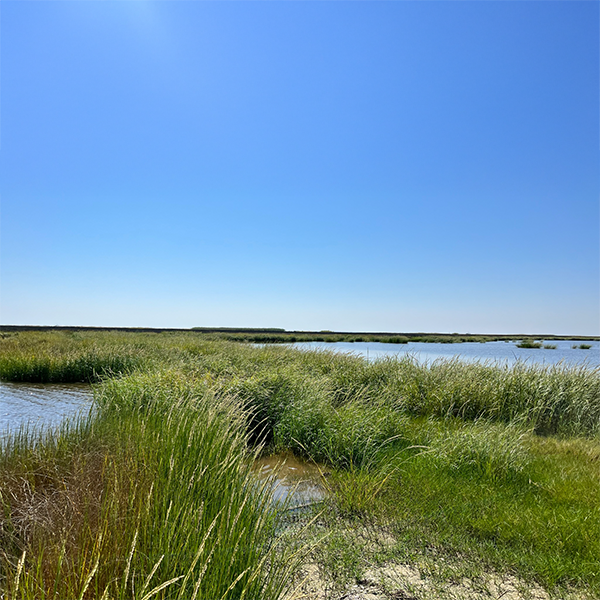
Hancock County Marsh Living Shoreline
Mississippi
Prior to construction of the living shoreline, the Hancock County Marsh Coastal Preserve was the fastest eroding marsh in Mississippi, losing 7 acres annually. The design combines 6 miles of segmented breakwaters with 46 acres each of subtidal reef and restored marsh to reduce storm damage and enhance aquatic habitat.
Anchor QEA provided engineering design, hydrodynamic modeling, construction management, and a long-term biological monitoring program. Now the largest continuous living shoreline in Mississippi, this project informed NOAA’s Monitoring and Adaptive Management Procedures and Guidelines Manual.
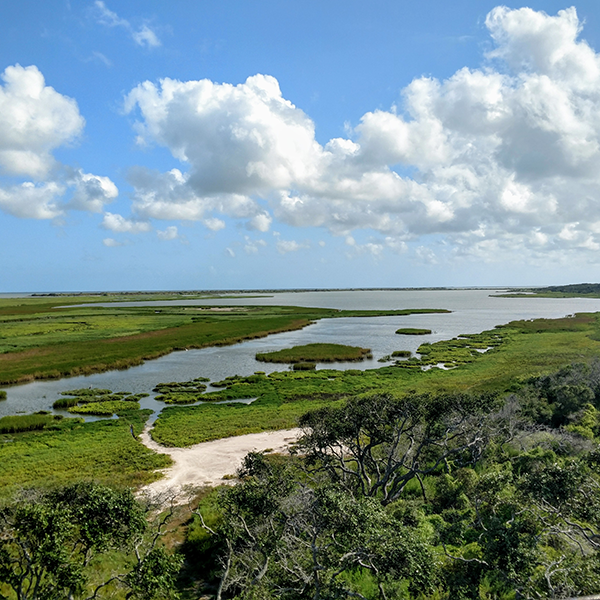
Dagger Point Habitat Restoration
Texas
Anchor QEA is working with the Coastal Bend Bays and Estuaries Program and the U.S. Fish and Wildlife Service to design and construct 6.5 miles of a living shoreline breakwater. This will protect infrastructure, maintain public shoreline access, and protect marsh and whooping crane habitat at the Aransas National Wildlife Refuge.
The comprehensive design used wave and hydrodynamic modeling of the San Antonio Bay to simulate wave growth, nearshore wave transformations, and the impact of the proposed nearshore breakwaters on reducing wave energy along the shoreline and at the toe of the bluff.
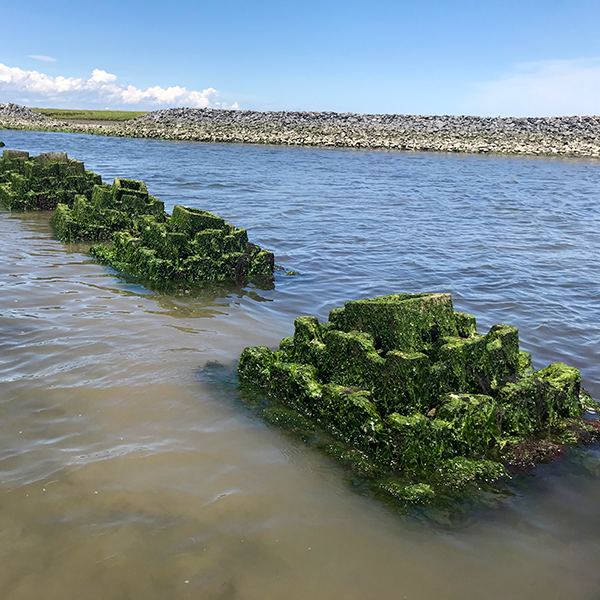
Shooting Island Living Shoreline Design and Restoration
New Jersey
Anchor QEA designed a multipart living shoreline to protect and restore Shooting Island, a wetland island that provides protection to back bay communities from flooding and storm surge.
Using hydrodynamic and wave models, our team developed a sustainable solution for long-term protection of the marsh edges that was completed under budget and on time in 2019. The project resulted in the largest living shoreline constructed in New Jersey, which is now a model for other towns.
National Reach, Local Knowledge
Anchor QEA supports federal projects from coast to coast.
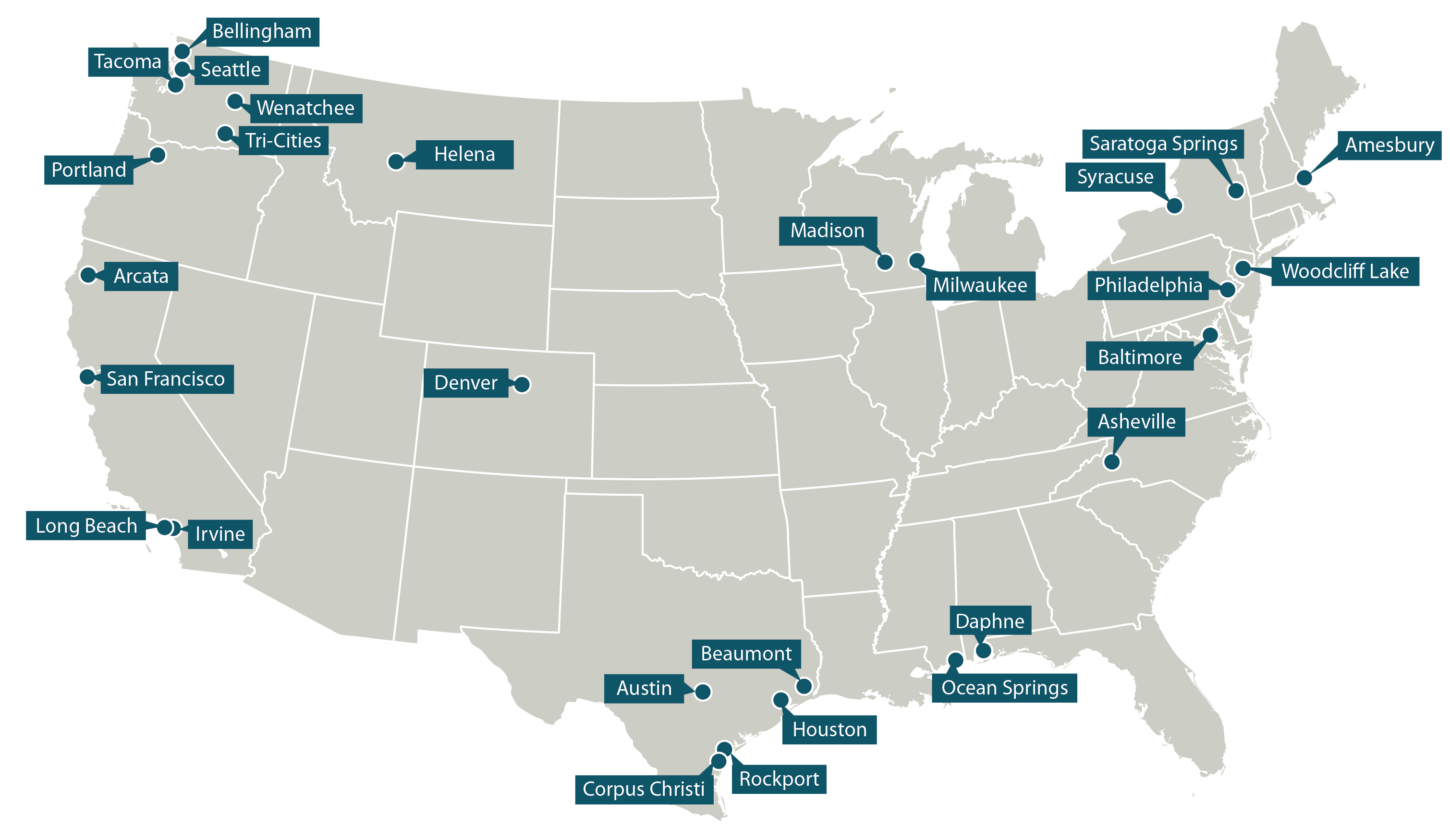
Company Information
- UEI: Q4MMLN228687
- CAGE: 1MVG4
NAICS
- 541330: Engineering Services
- 541620: Environmental Consulting Services
- 488390: Other Support Activities for Water Transportation
- 237990: Other Heavy and Civil Engineering Construction
- 541320: Landscape Architectural Services
- 562910: Environmental Remediation Services (Small Business)
- 541715: Research and Development (Small Business)
Joint Venture and Mentor Protégé Relationships
- EA: Joint Venture Partner
- Mead and Hunt: Joint Venture Partner
- Stillwater Sciences: Joint Venture and Mentor Protégé Partner
We look forward to continuing the conversation.
Meet The Team
Lorem ipsum odor amet, consectetuer adipiscing elit. Morbi congue eget, elementum iaculis nulla enim.
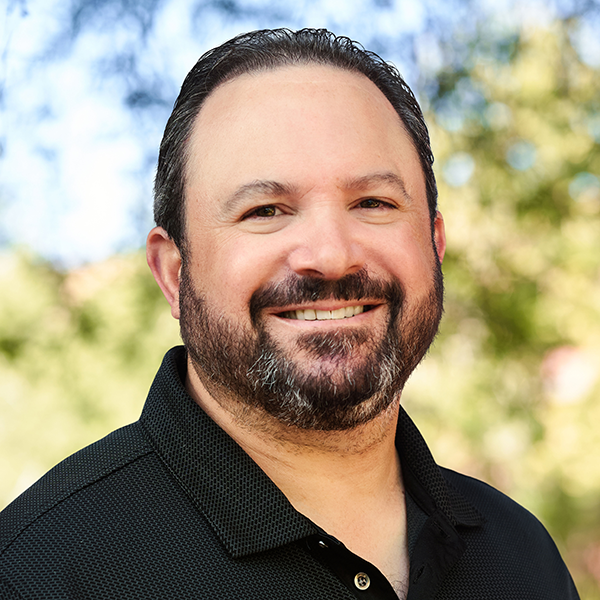

Chris Bredehoeft
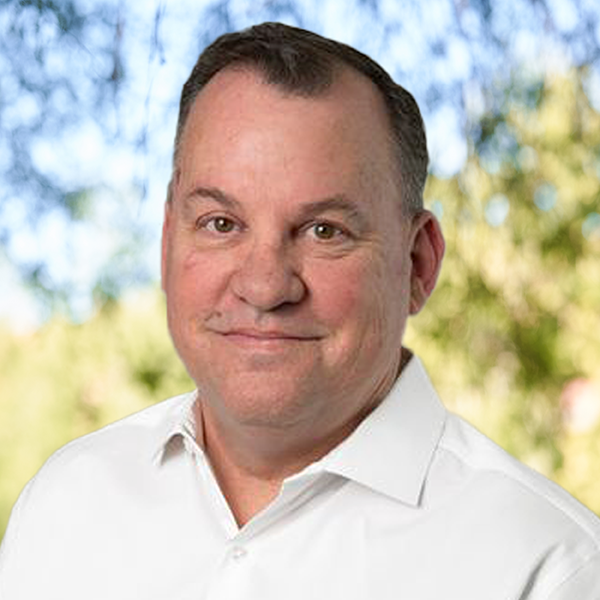
Matt Wigle
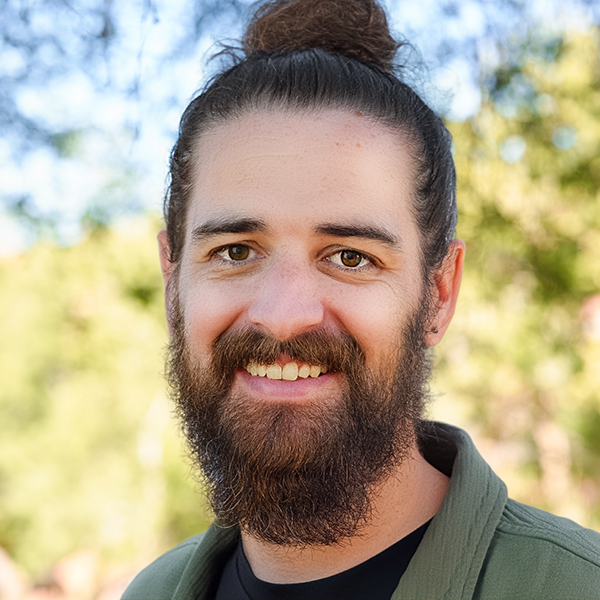

Ram Mohan, PhD, PE, F.ASCE
(267) 751-4115
rmohan@anchorqea.com
